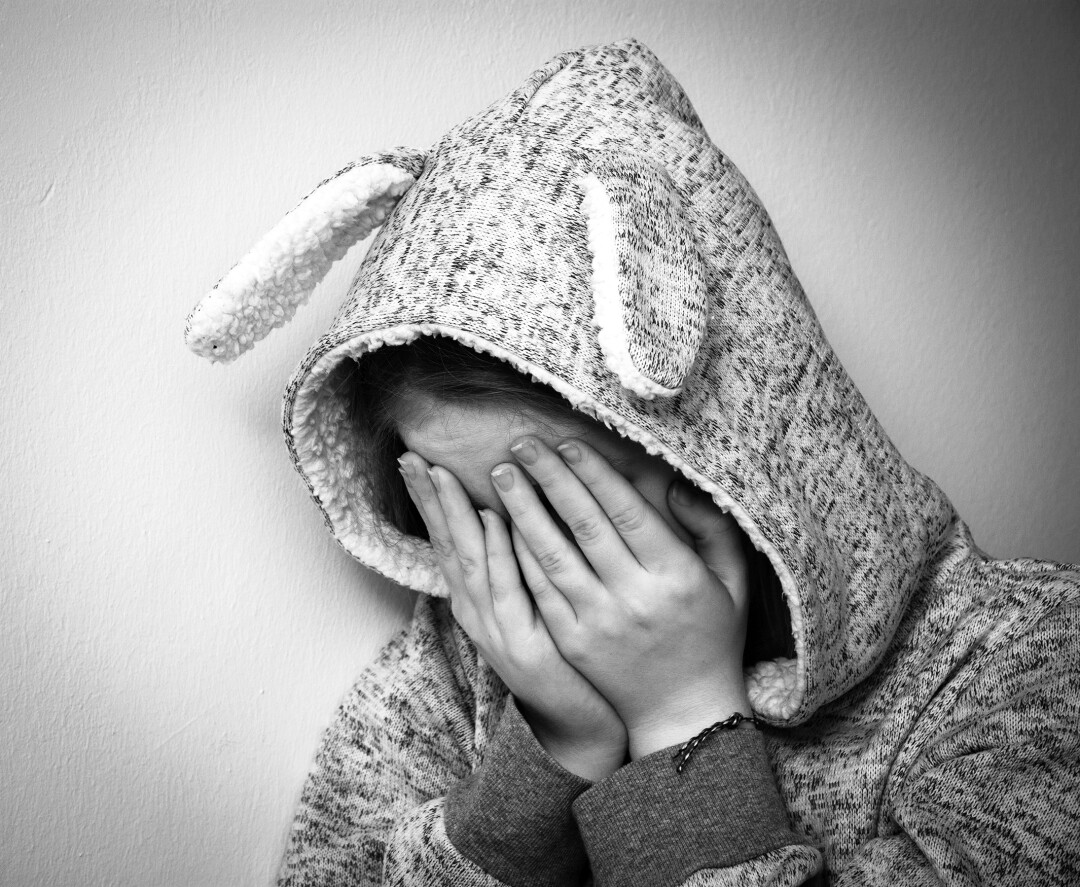Take a Deep Breath: Addressing anxiety in children
Being a parent is not for the faint of heart. There’s projectile vomiting, biting at day care, the “mine” phase, and moodiness. But those issues are anticipated. The ones that aren’t but may be on the horizon are sexting, bullying through social media, and related anxiety in children.
Local medical experts say the rise in social media may be partly to blame for increased, often times debilitating anxiety in adolescents.
Dr. Laura Smith, pediatrician at Prevea Rice Lake Health Center, said in her practice anxiety typically is a diagnosis of exclusion. If a child’s stomach hurts and it’s not intestinal issues or other physical ailments, it could be anxiety. Smith spends time with patients to determine if a physical symptom could lead to a mental diagnosis.
“I do believe we’re seeing more mental health issues now,” Smith said. “There’s a lot of cyber bullying – even in middle school.”
Smith doesn’t discredit the pressure that some kids put on themselves, which is where social media also comes into play. “Everyone puts their highlight reels on social media,” she said. “They’re not going to show you that they’re having a really crummy day. Kids feel like they have to live up to everyone else’s expectations to feel accepted.”
Jeni Gronemus, licensed professional counselor with Prevea Behavioral Care and HSHS Sacred Heart and St. Joseph’s hospitals, said social media “absolutely plays a role” – as does the media in general.
“The things that we’re exposed to on the news, and those are some really scary things, are difficult for a kid to make sense of it all,” Gronemus said.
In addition, Gronemus said, it also depends on the child, their previous experiences, and their ability to cope with unpleasant emotions. “Some kids are more prone to anxiety,” she said. “It’s the brain makeup that can change the level of anxiety they might feel.”
Smith said the perfectionist-type child is likely to feel more anxious about situations than a peer who doesn’t have that personality. “A huge factor that influences that is what has happened to them in their lives so far,” she said. “Sometimes there’s a really strong family history of anxiety so children are more prone to it.
“I talk early on about diet leading to a lot of issues. What can we do early on to prevent flipping that switch? How can we help set them up for success?”
Thankfully, Smith and Gronemus say parents can take action now to help their children navigate these tough times.
“Have conversations with your kids every day,” Gronemus said. “That’s really the best way to realize if something shifts or changes. It will help to understand if the child is exhibiting signs of panic.
“The next step is helping children develop coping skills.”
Gronemus said teaching children breathing techniques is helpful, as well as songs that teach similar techniques for younger children. Meditation, mindfulness, and muscle relaxation are popular now, but these techniques have been used for years to help children relax. It’s about what works for the child, Gronemus said.
“You think about comparing what I went through as a child to what children are going through now and there are so many different pressures that kids experience from screen time to exposure to social media,” she said. “There are so many different variables.”
Smith, a doctor of osteopathic medicine, regards the body as an integrated whole rather than treating for specific symptoms. Therefore, lack of sleep, poor nutrition, and other causes play into Smith’s diagnosis and treatment.
“I’m probably a little bit different in my approach,” she said. “I look at lifestyle – what are they eating? What is their activity level? When a child comes in, we work on it as a team. We bring everyone together to set goals. The child is involved in that process too. We’re going to get to know each other and work on this together.”
Unfortunately, there’s no magic pill to cure anxiety quickly, Smith said.
Smith agrees that communication between parents and children is key to noticing changes and possibly getting to the root of the problem. Other suggestions include putting parameters on screen time and social media.
“Ask your kids how Snapchat works,” Smith said. “Parents should start an account of their own so they can monitor their children’s activity. And keep an open line of communication about social media.”
Gronemus said it’s about setting up a toolbox of skills for children. They may not use the tools right away, but they’re at the ready.
“It’s not ‘one size fits all,’ ” she said. “We can help them figure out what’s going to be effective for them. For some it might be relying on mindfulness, but for other kids they need to be active.
Alyssa Van Duyse is a marketing specialist for HSHS Sacred Heart and St. Joseph’s hospitals. Sacred Heart is a community partner for Chippewa Valley Family.





















